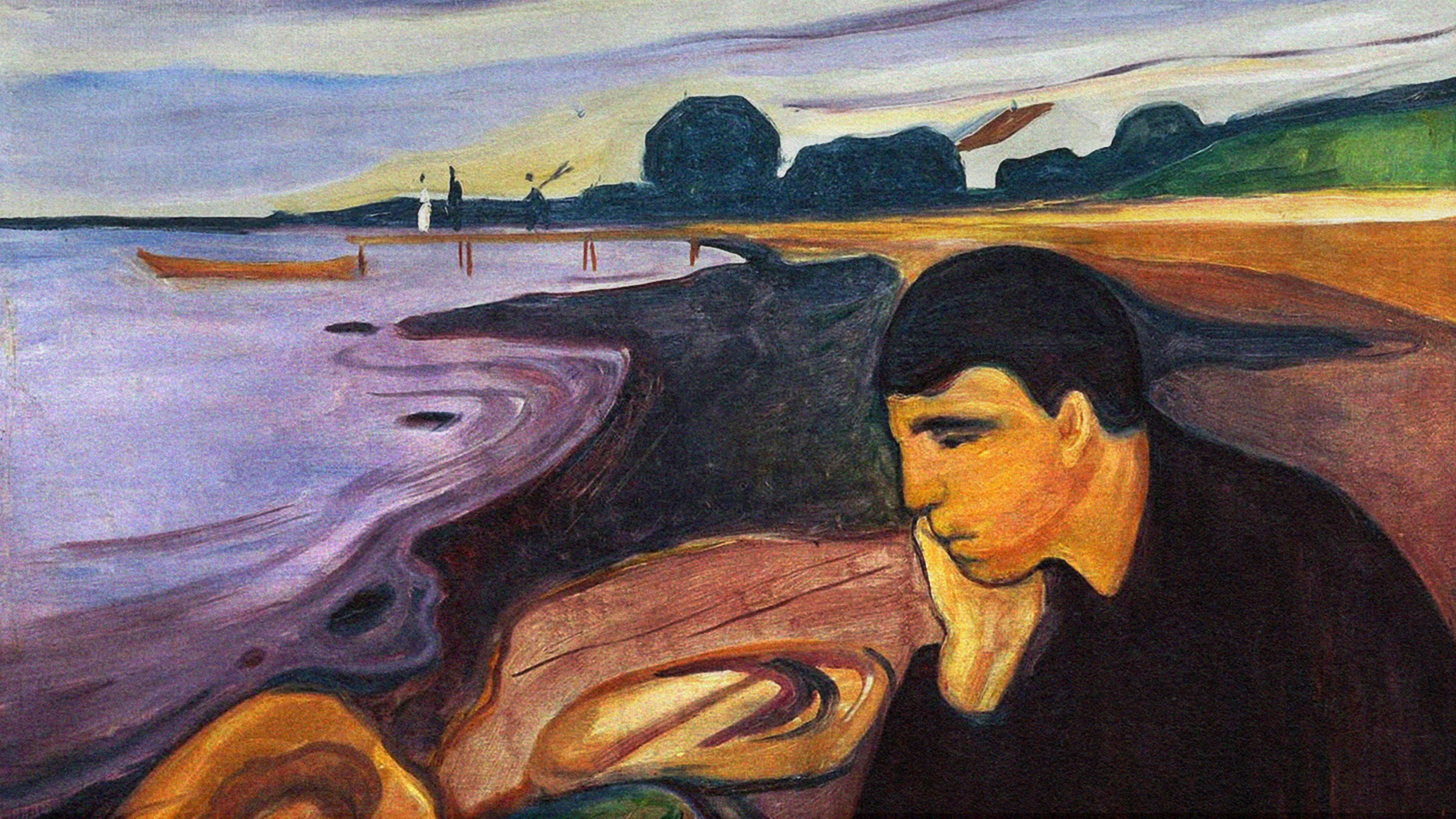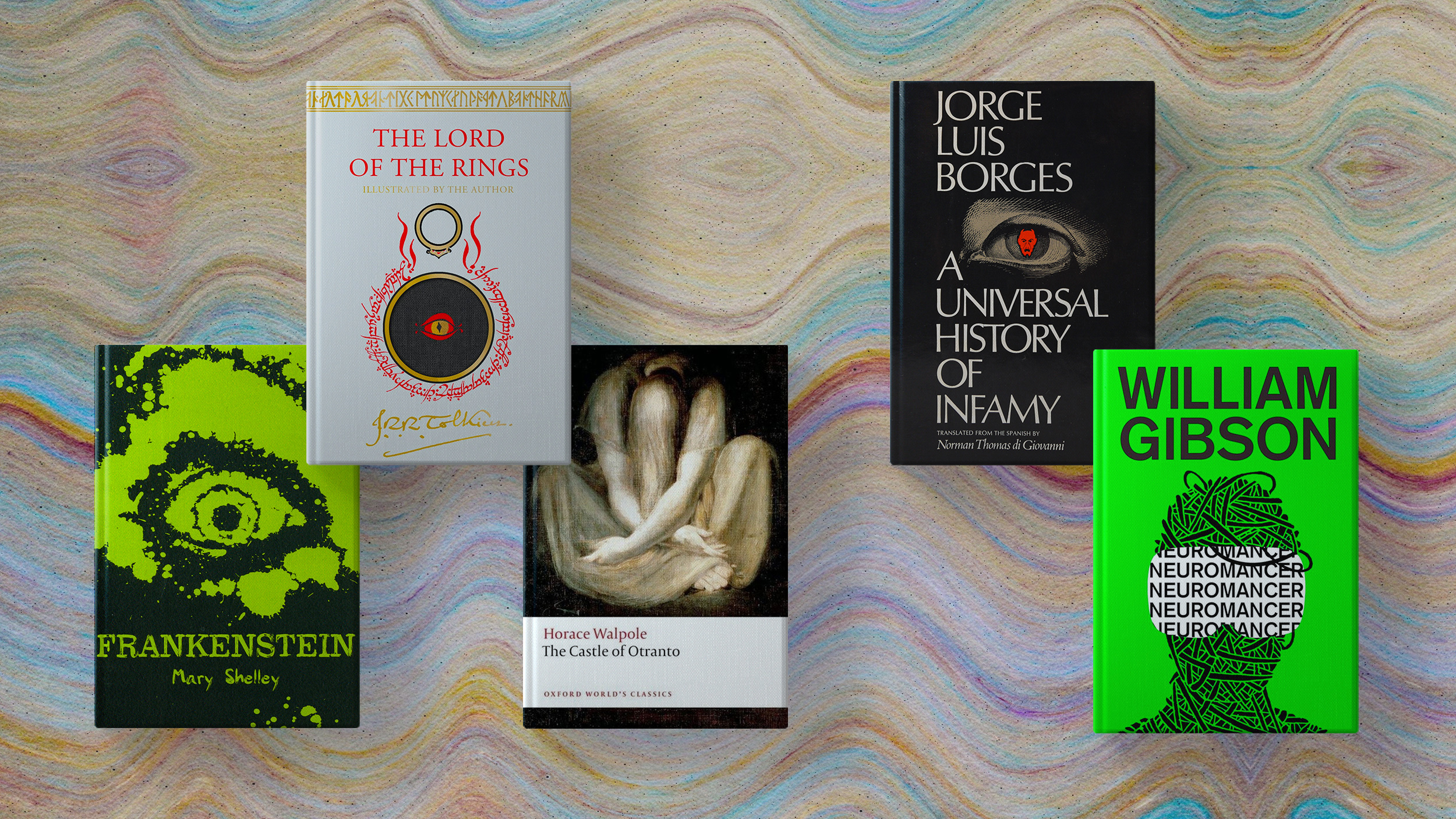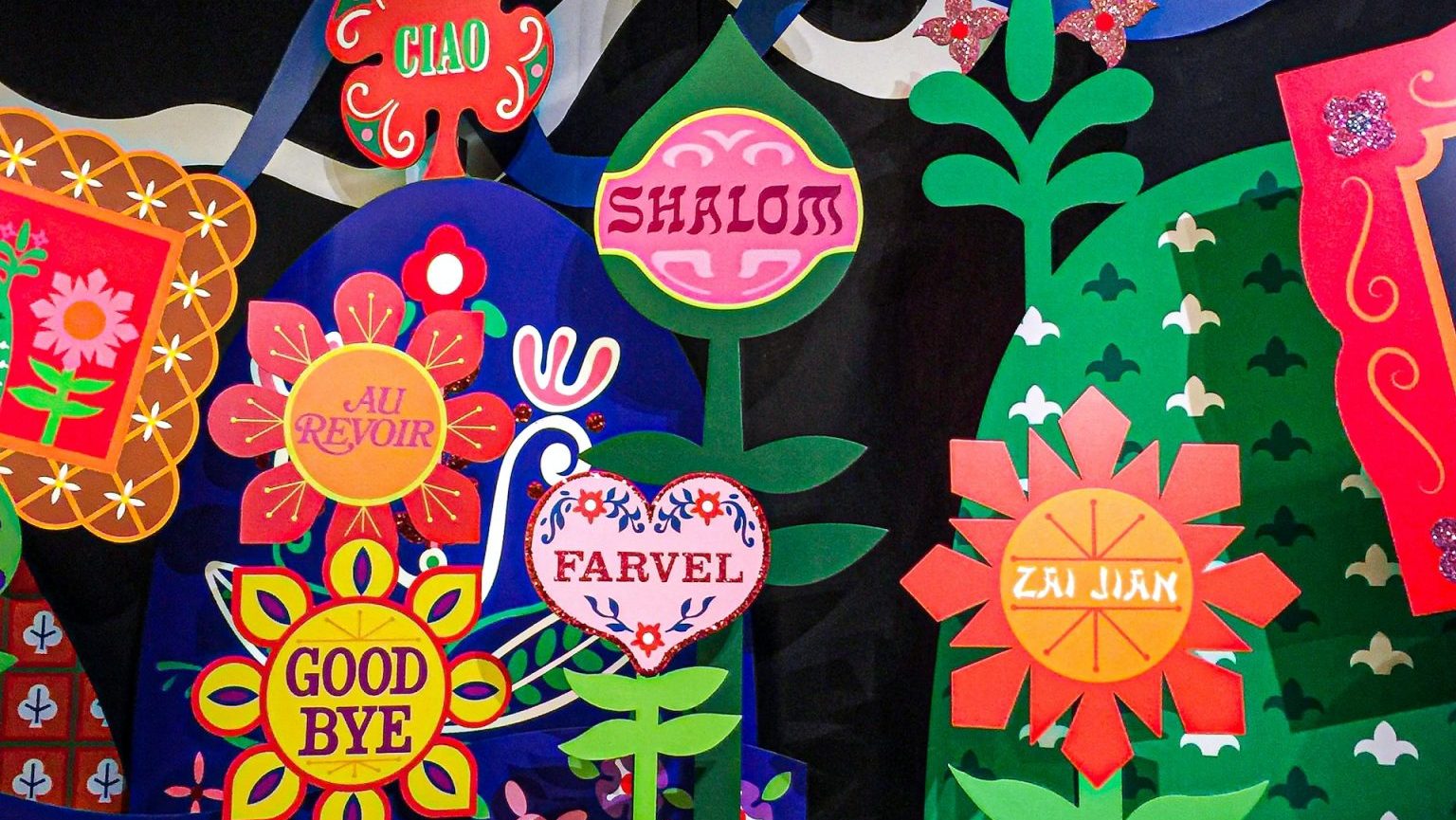How Hamlet Can Teach Us About Loss

If her piece on loss and mourning in this week’s New Yorker is evidence, Meghan’s O’Rourke’s next book may be the most powerful reflection on the topic since The Year of Magical Thinking. Less personal history and more analysis, she considers the question of whether we learned anything from Elizabeth Kubler-Ross’s Stage Model of Grief, and what new research may show us about why we mourn, why it’s important and, in fact, why we often find it hard to let it go.
O’Rourke reminds us of literary classics which take place in the presence or aftermath of mourning. Catcher in the Rye. Hamlet. And yet when we talk about—or teach—these works today, do we take the fact of mourning (enough) into account? When you think of Hamlet, would you describe the play as “boy-loses-father-goes-mad?” Likely not. And yet Hamlet’s homesickness, as it were, for his father’s presence in his life is a compelling lens for understanding aspects the anti-hero’s actions, and specifically his inability to act. Inaction, it turns out, can be fundamental to the state of mourning. Inaction, coupled with a fascination with death and dying.
Remember the graveyard: Hamlet sits and sulks, and finds the skull of his old friend, Yorick. His subsequent speech is central, and celebrated. And of course “To be or not to be,” ends with these lines:
Thus conscience does make cowards of us all;
And thus the native hue of resolution
Is sicklied o’er with the pale cast of thought,
And enterprises of great pith and moment
With this regard their currents turn awry,
And lose the name of action.
So perhaps Hamlet is less about madness and more about mourning. And if this is true, perhaps we take solace in the idea that mourning is a place where we all become a little bit mad. It is a place of mild terror (O’Rourke quotes C.S. Lewis’s “A Grief Observed:” “no one ever told me that grief felt so like fear”), perhaps because it is a place of unique helplessness.
An inability to bring back someone we have lost: this is inaction defined. Like a child’s rage, the furor of grief is disproportionate to the rational interpretation of the wish. Still, we rage on. Eventually we concede our lack control even over the process and progress of our own mourning. It is idiosyncratic, messy, and slow. The Stages are elegant guideposts but they are also largely illusory.
* * *
O’Rourke ends her essay with Emily Dickinson, and a reference to “good death,” the kind of death doctors describe as one in which “the dying person is not only medically treated but emotionally supported.” She writes:
Behind the balloons the painful fact of mourning remains: even a good death is seldom good for the survivors. The matter-of-fact mordancy of Emily Dickinson, the supreme poet of grief, may provide more balm to the mourner than the glad tidings of those who talk about how death can enrich us. In her poem “I Measure Every Grief I Meet,” the speaker’s curiosity about other people’s grief is a way of conveying how heavy her own is:
I wonder if It weighs like Mine—
Or has an Easier size.
I wonder if They bore it long—
Or did it just begin—
I could not tell the Date of Mine—
It feels so old a pain—
I wonder if it hurts to live—
And if They have to try—
And whether—could They choose between—
It would not be—to die.
We all want to know how others process loss. We feel that perhaps their pain recedes with greater grace and speed, and that perhaps they can teach us. This is why we keep reading. Tiger Woods may yet find time for Hamlet.





